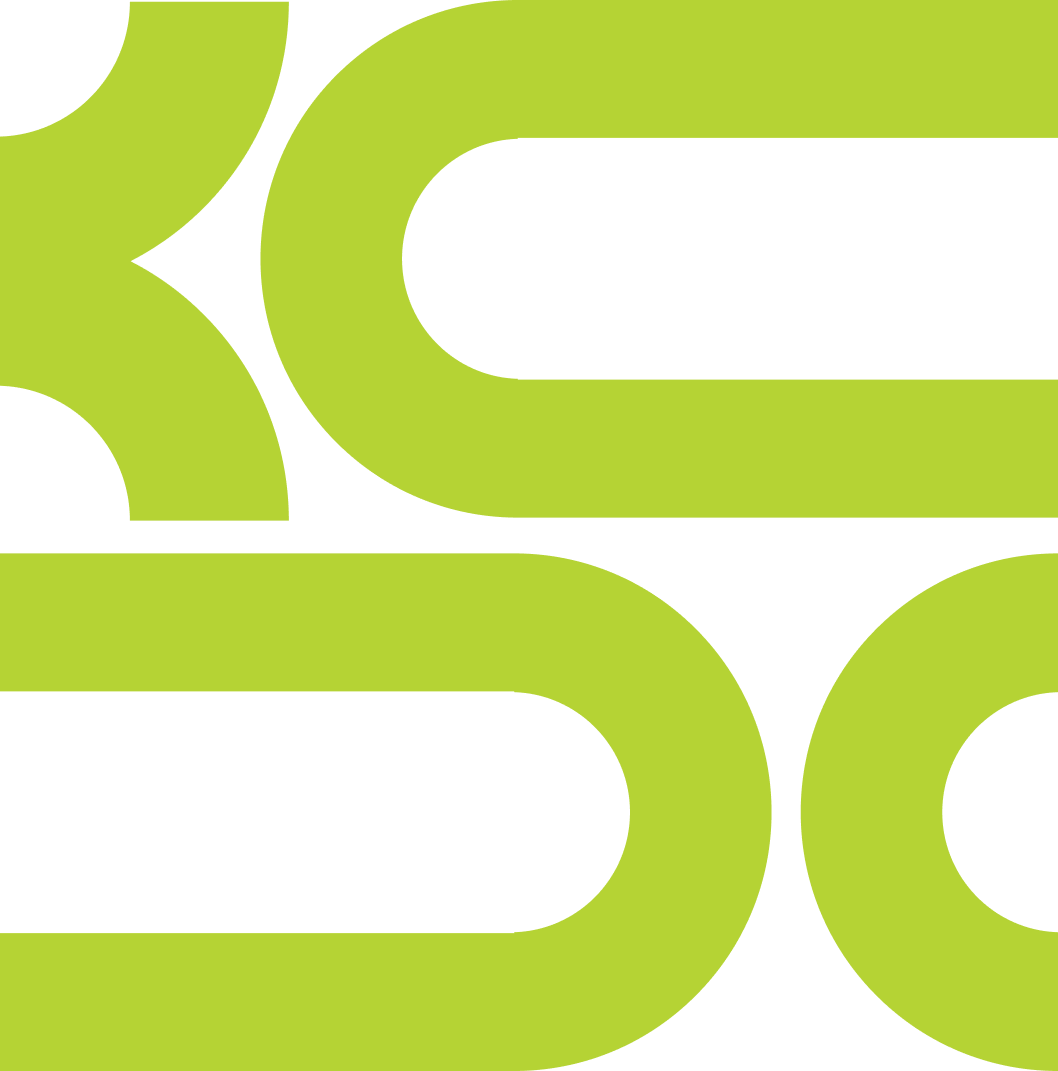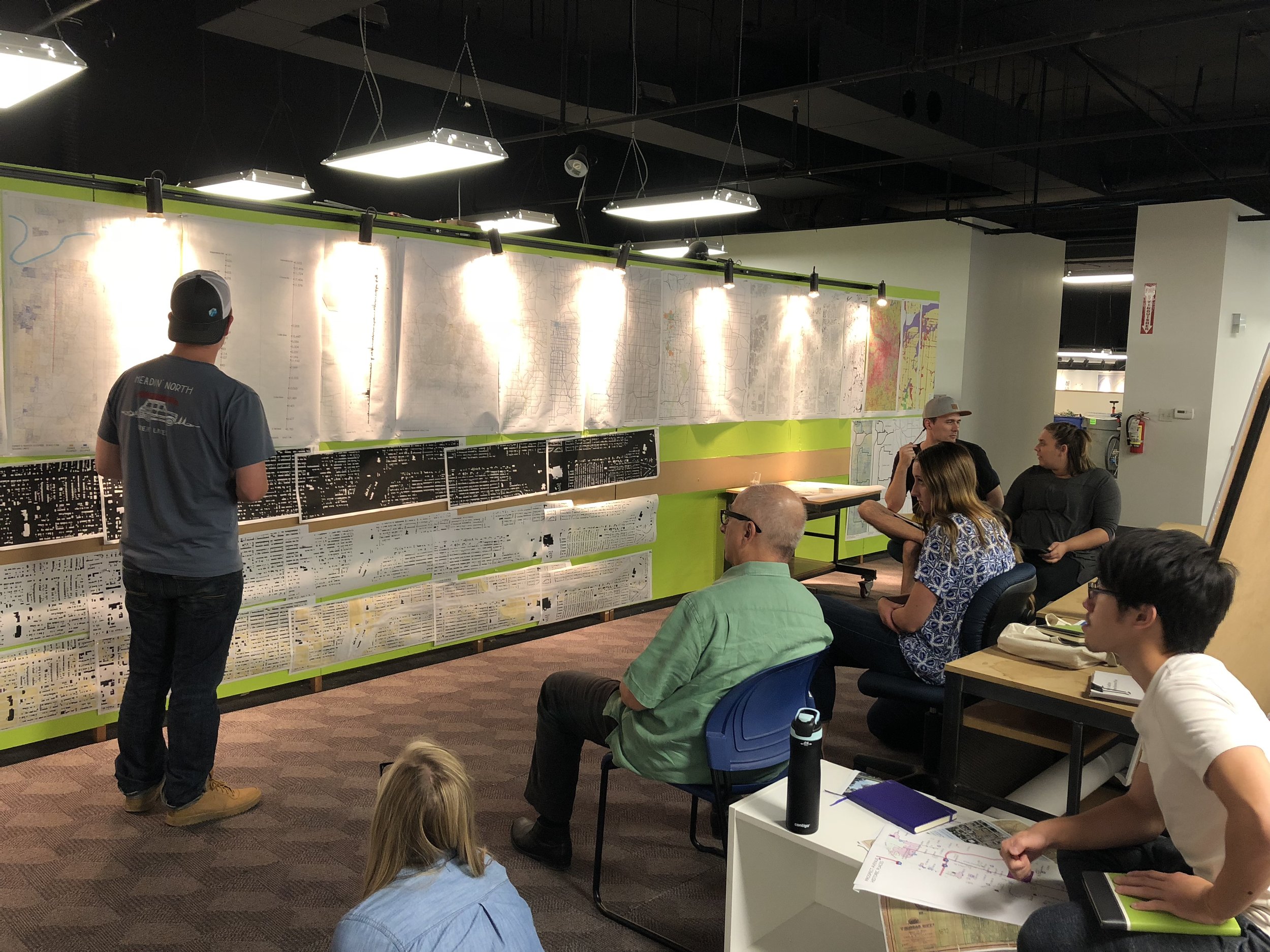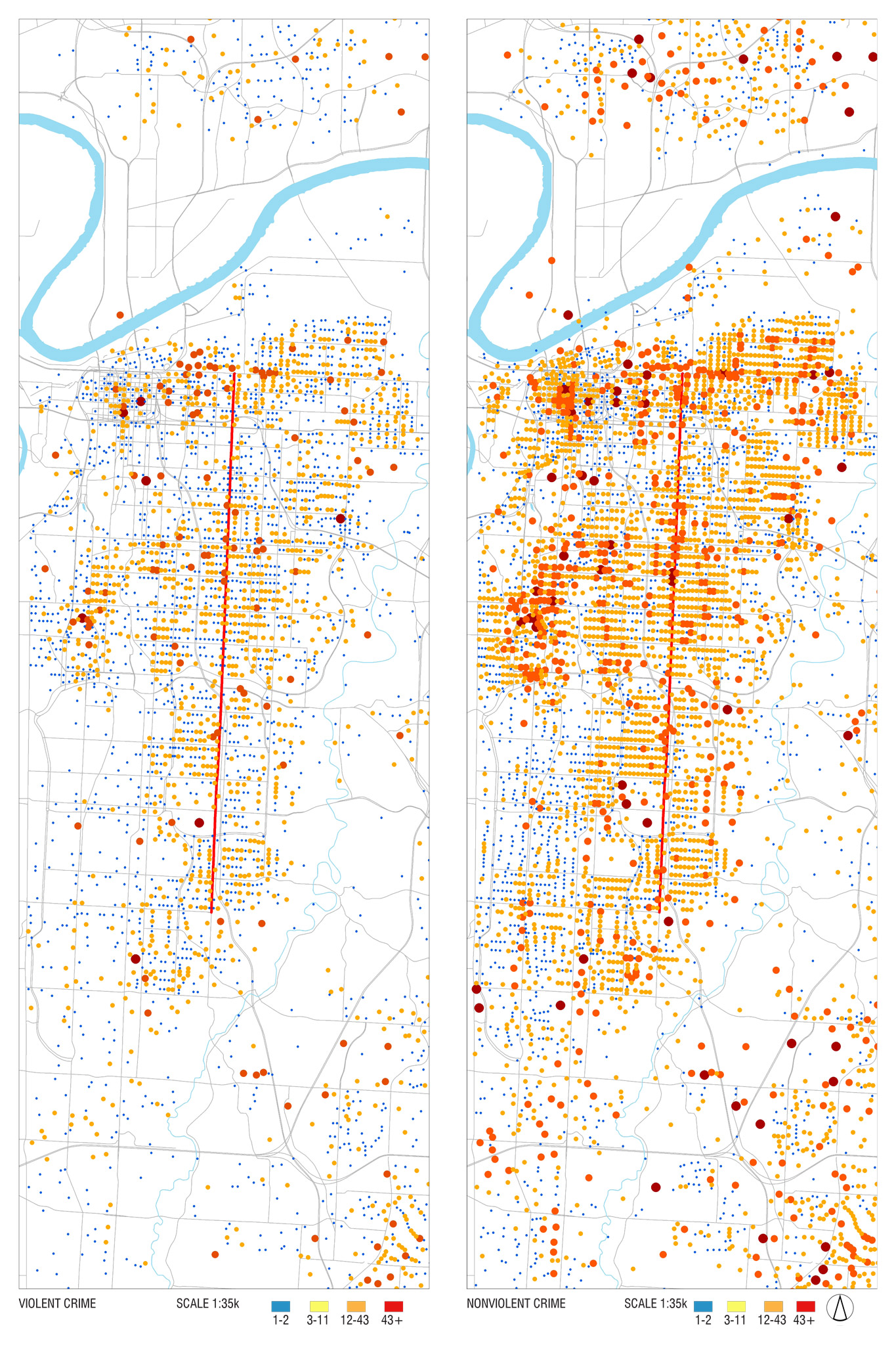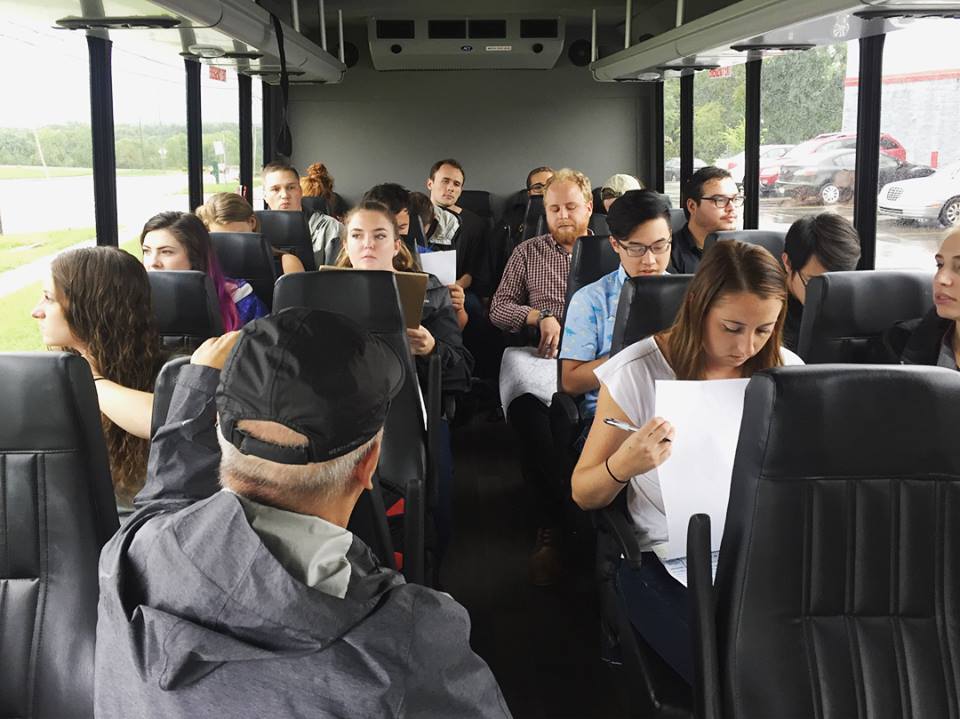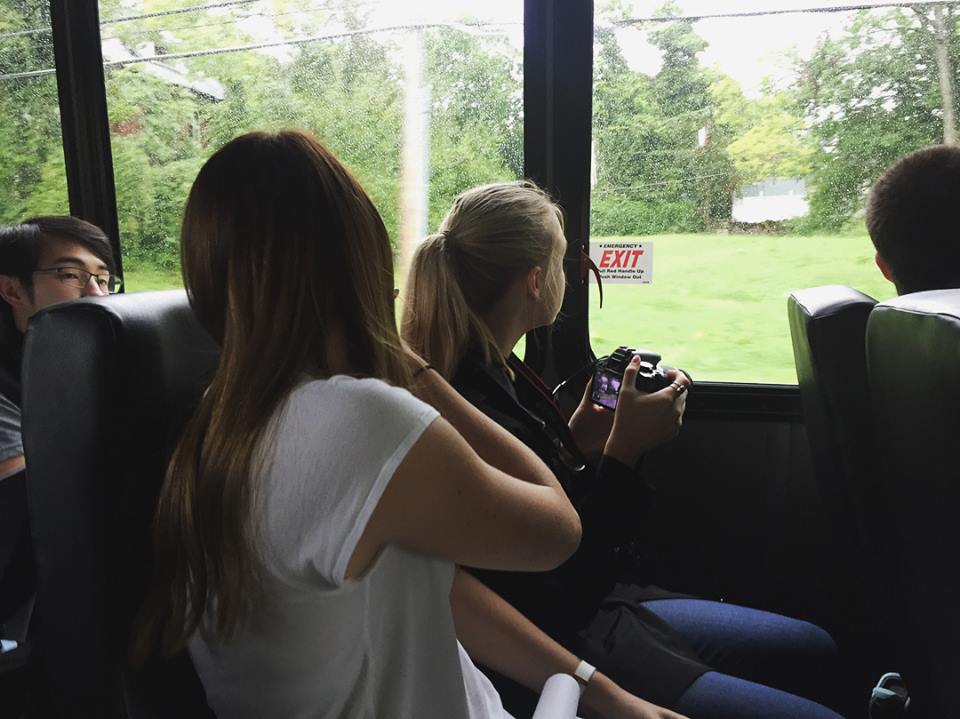A New Project Begins
/It's hard to believe but somehow we're almost one month into the 2018/19 academic year. We're excited to introduce you to the KCDC urban design studio's main project this year: The Prospect Avenue Nodal Study.
Prospect Avenue is a significant and defining element of Kansas City’s urban structure. The ongoing transit-oriented development initiatives (generated by the City and the planning community), growing investment in public transportation, and community interest in quality of life improvements make Prospect Ave. one of the more dynamically changing parts of Kansas City. With all the potential and anticipated change, there is an escalating need for a comprehensive urban design perspective that looks at the entire length of Prospect Ave. (from Independence Ave. on the North to the 75th St. on the South) and attempts to create an integrated vision for the area.
To that end, the KCDC is collaborating with the KCMO Planning Department to generate a visioning study for the Prospect Corridor. We will be focused on defining potential urban nodes along Prospect Ave, setting design strategies and investigations for their development that utilize catalytic elements which will encourage urban change and improvement. This process will take place in three phases:
Verification of an operational urban design concept for Prospect Ave
A strategic segmented study and urban visioning design
Focused urban design nodal studies
Current Work
The first phase of the project starts with studying the Prospect Corridor; we compared existing plans that have been previously proposed or applied to the Prospect Corridor and developed an understanding of what the goals and findings from each plan were. These plans helped inform us of the current vision and condition of Prospect Ave. and its surrounding neighborhoods.
We then began our own investigations, looking at data from four different aspects of the Corridor: physical features, history, demographics, and connectivity.
Physical Features: The varied topography of Prospect Ave heavily influences development in the area.
History: The Prospect Corridor has a rich history which directly shaped the city of Kansas City as a whole.
Demographics: Demographic data helps focus our efforts towards the people currently living in the neighborhoods along the Prospect Corridor.
Connectivity: Connectivity analyses show a lack of public transit and accessibility to and from the area.
These investigations give us a better sense of the wants and needs of the area and how we can act and interact with the community in a positive way.
Site Visit
On September 7th we conducted a site visit, driving up and down the Prospect Corridor. We had several objectives for this visit:
Examine the existing condition of the Prospect Corridor
Determine central nodes (e.g. centers of activity)
Build a better understanding of the Prospect Corridor's unique identity
Fact-check the information we have been mapping and analyzing
We also traveled along The Paseo and Troost Ave to observe how differently these streets have developed over the years in relation to Prospect Ave. Both streets seem to be doing a lot better than Prospect Ave, but why? This is a question that we’ll keep in mind as we continue to progress in our yearlong study of the Prospect Corridor.
Public engagement is an important aspect of our work at the KCDC, and will be actively seeking feedback and input from stakeholders and community members as this project moves along (look for information on our first public meeting coming soon). Are there important parts of the Prospect Corridor, and neighboring communities, that we should consider as we move forward? Please let us know in the comments below.
